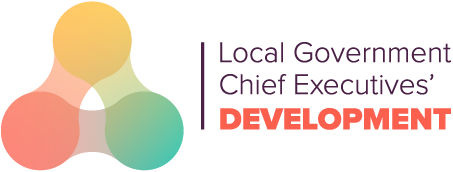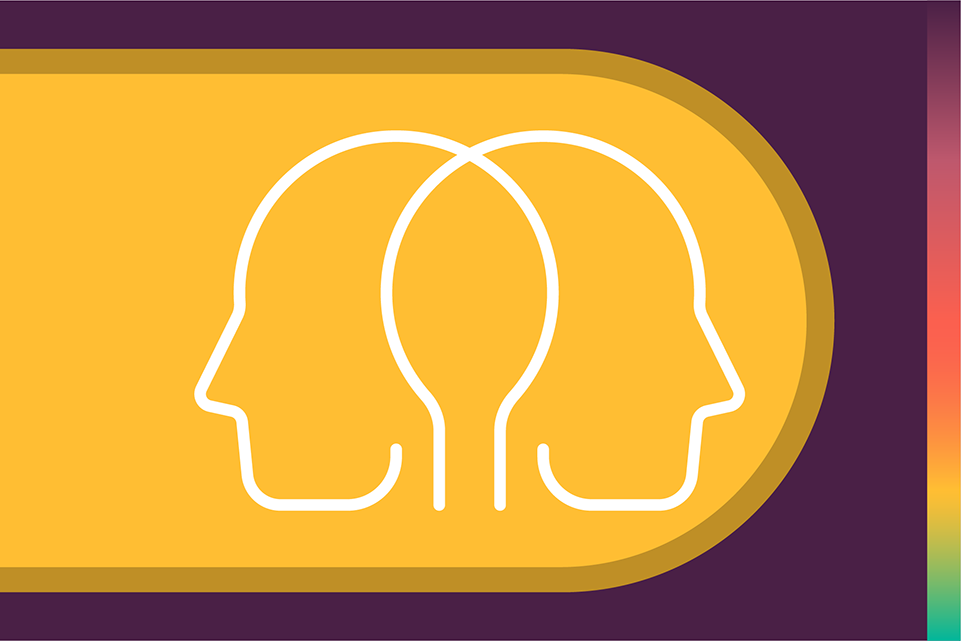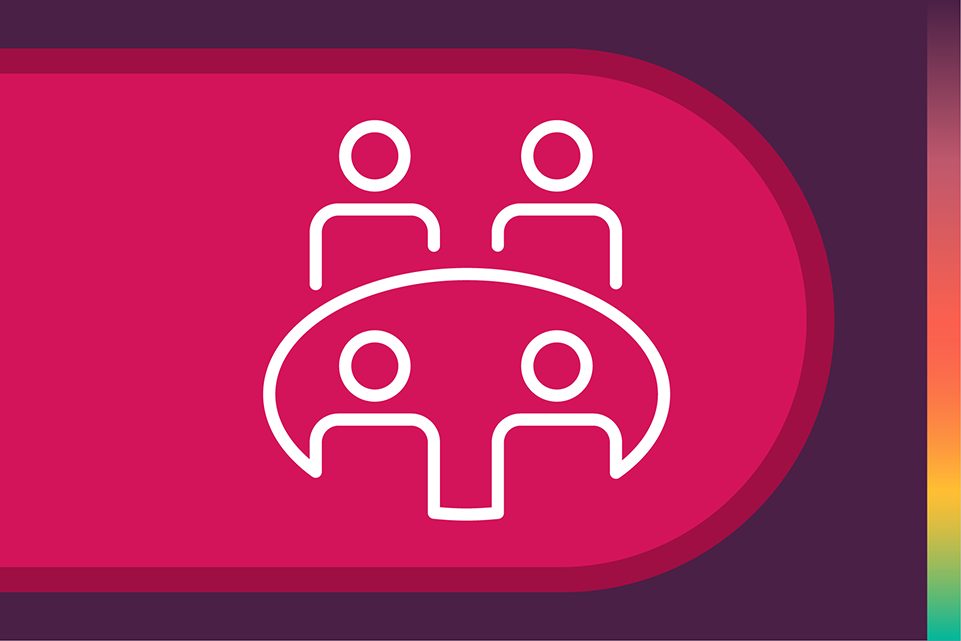- 'Best value' – its origins and its application – arrangements that secure continuous improvement in the execution of all council functions – Department of Levelling Up, Housing and Communities (DLUHC) statutory guide on Best value standards and intervention for best value authorities
- Business and management processes to secure continuous improvement in services through service redesign, innovation and digital transformation
- Outward focus on community and the prior impact of public services
- Research and evidence of comparative, normative and ipsative performance
- The role of service plans, corporate plans, improvement plans, as well as assurance and re-assurance reporting
- Focus is on improvement for residents and service users, on better service impact and social results
|
- Work with senior directors, service and corporate staff on improvement planning and corporate planning
- Examine organisation-wide learning and improvement in other organisations including private companies, not-for-profit organisations and other councils
- Examine how many improvement targets have external metrics compared to business process improvement metrics
- Adopt clear messages to focus everyone on a few corporate metrics that compare the council’s targets and other councils’ targets, over time
- Share your improvement goals and targets with others
- Understanding of service re-design, innovation and digital transformation
|
- Adopt the best ways to work with councillors and officers generating a culture of continuous improvement
- Prioritise those changes that directly impact on the experience of small numbers of service users, with those changes in process and practice that will affect cost effectiveness targets more generally
- “Every success feels like a failure in the middle” – can identify when to persist with those changes that have yet to deliver fully, and when to adjust strategy or tactics and change plans
- Appraise whether change requires transformation boards, top-down drive and strong programme management or whether it is more effectively delivered through bottom-up culture change
|





